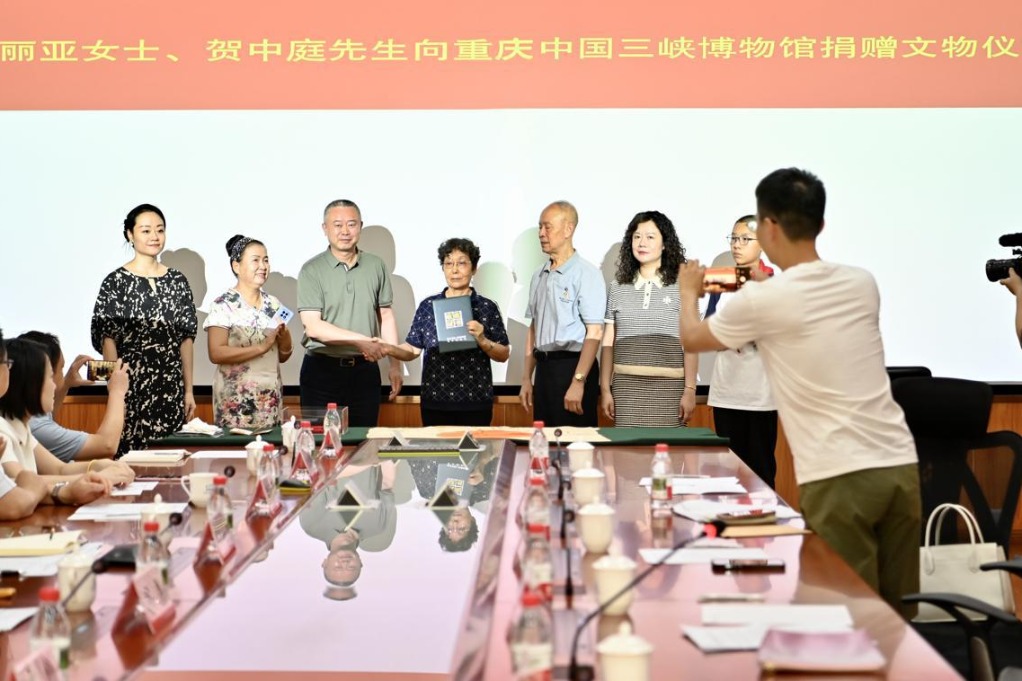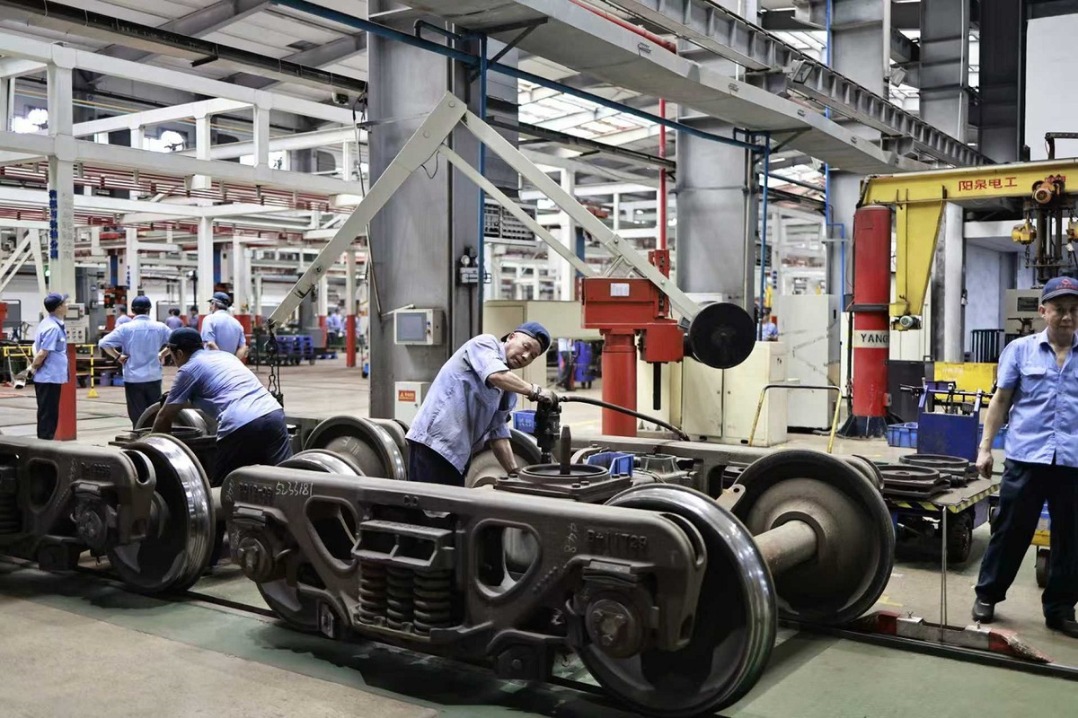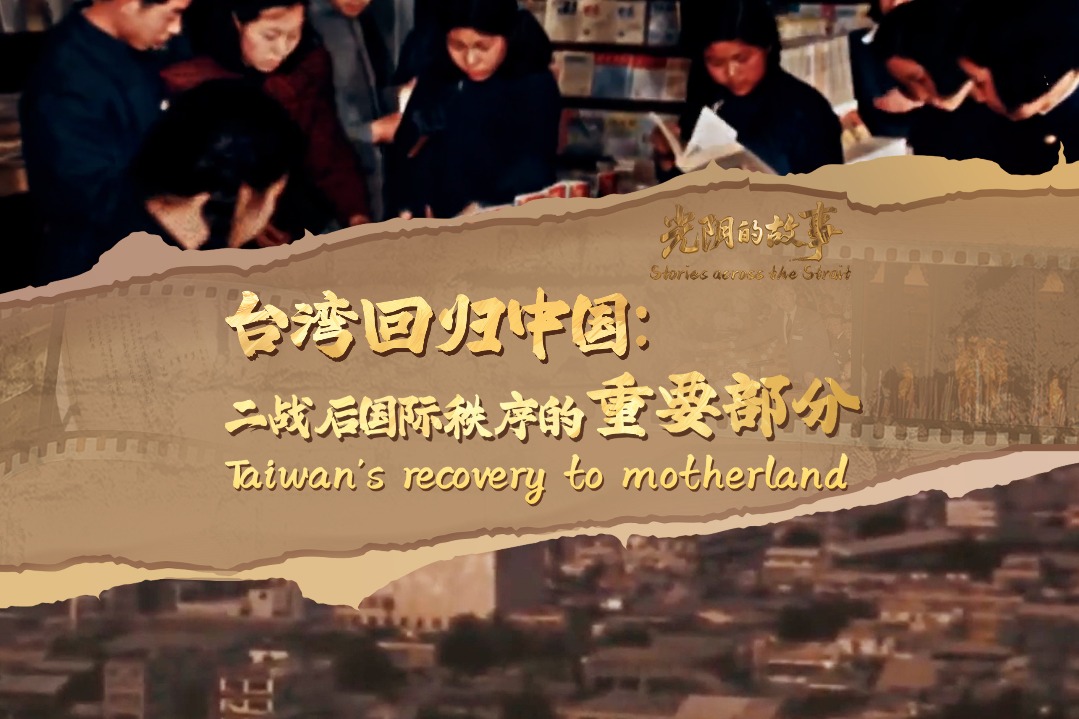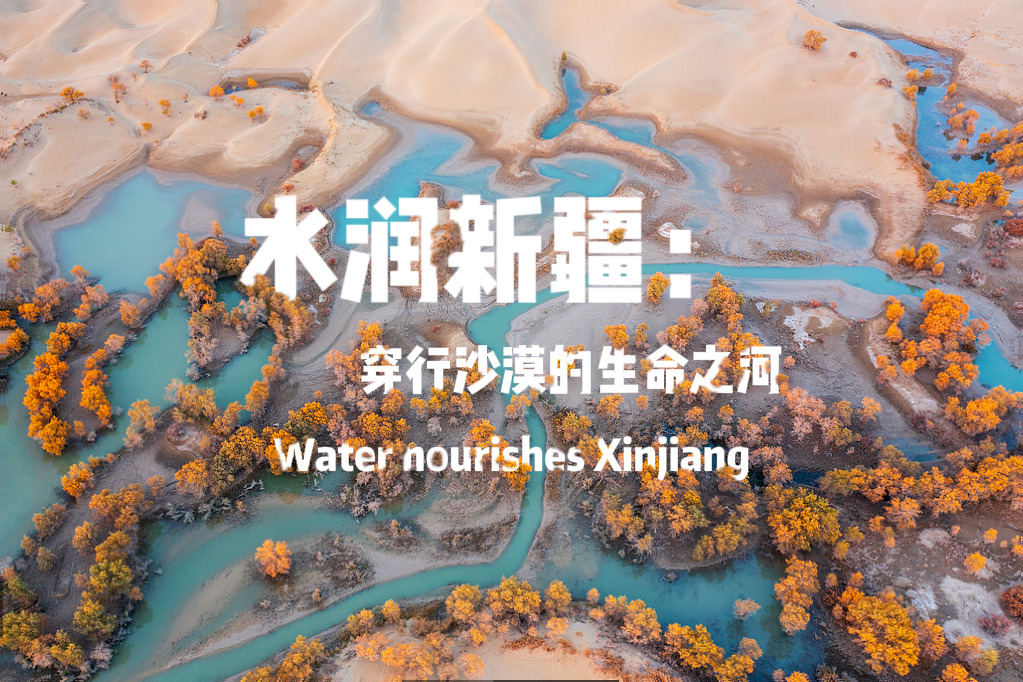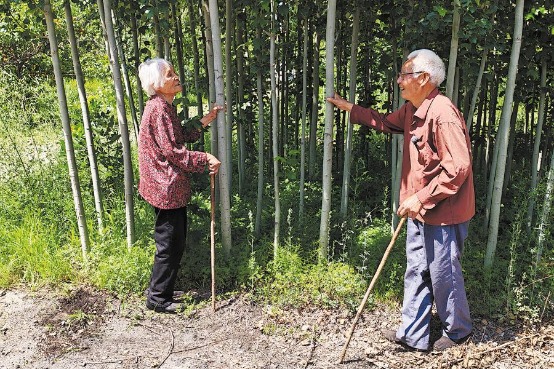Lunar soil reveals hidden volcanic mechanism

Research on lunar soil from China's Chang'e 6 mission has identified the sources of young volcanism on the moon and proposed a thermodynamic mechanism for its activity, offering insights into volcanic processes on other small, atmosphere-less celestial bodies. The study was published Saturday in the journal Science Advances.
It was previously believed that lunar volcanic activity ceased 3 billion years ago. But a research team led by Wang Chengyuan and Academician Xu Yigang of the Guangzhou Institute of Geochemistry, Chinese Academy of Sciences, discovered two types of basalts in the Chang'e 6 samples. These basalts, formed around 2.8 billion and 2.9 billion years ago, have different compositions and originated from different source depths.
One type is very-low-titanium basalt sourced from the deeper lunar mantle at depths greater than 120 kilometers, while the other is low-titanium basalt from a shallower part of the mantle, ranging from 60 to 80 kilometers.
By simulating the moon's high-temperature, high-pressure interior, researchers found the two types of basalts came from distinct rock layers created during crystallization of the moon's early magma ocean: the pyroxenite layer and the ilmenite-bearing pyroxenite layer.
The traditional view suggested that young volcanic activity on the moon might be tied to source regions rich in water or radioactive heat-generating elements. But samples from both the Chang'e 5 and Chang'e 6 missions refuted this, showing their source regions were dry and depleted in radiogenic isotopes.
Based on comparisons of the two basalt types from Chang'e 6, the team proposed a new thermodynamic mechanism. As the moon cooled, its lithosphere thickened, making it difficult for deep magma to erupt directly and causing it to be trapped at the bottom of shallow pyroxenite layers in the mantle. These trapped magmas could conduct heat upward, triggering partial melting of the shallow mantle and producing volcanic eruptions.
To test the mechanism, researchers analyzed global lunar remote sensing data and identified a significant shift in volcanic activity around 3 billion years ago. Before the shift, heat sources were varied — including radiogenic heat, tidal forces and meteorite impacts. Afterward, a single bottom-up heat transfer process dominated, concentrating younger volcanic activity in the shallow mantle.
Further analysis of remote sensing data showed that the chemical traits of younger volcanic rocks on the moon's near side closely matched basalts collected by Chang'e 5, while those on the far side more closely resembled ultra-low-titanium basalts from Chang'e 6.
This suggests differences in mantle composition between the near and far sides of the moon. The shallow mantle on the near side may contain more ilmenite, while that on the far side may have less — offering new clues to the moon's asymmetry.
In June 2024, Chang'e 6 returned with 1,935.3 grams of soil from the far side of the moon, a historic first. The samples were collected from the South Pole-Aitken Basin, the largest, deepest and oldest impact crater on the moon.
Previous studies of the Chang'e 6 samples have already yielded major breakthroughs. They revealed volcanic activity on the far side around 4.2 billion and 2.8 billion years ago, showing that volcanism persisted for at least 1.4 billion years. Researchers also measured the water content of the far-side mantle for the first time — less than 2 micrograms per gram — indicating it is extremely dry.
- China's anti-graft chief urges further improving discipline inspection work
- Hong Kong to release 2025 policy address on Sept 17
- China activates emergency response as Typhoon Kajiki approaches
- Investigation team set up after deadly bridge construction accident in NW China
- Two giant pandas welcome their first visitors at new home in Harbin
- China's V-Day parade to highlight peace, pledge to defend international fairness, justice

















